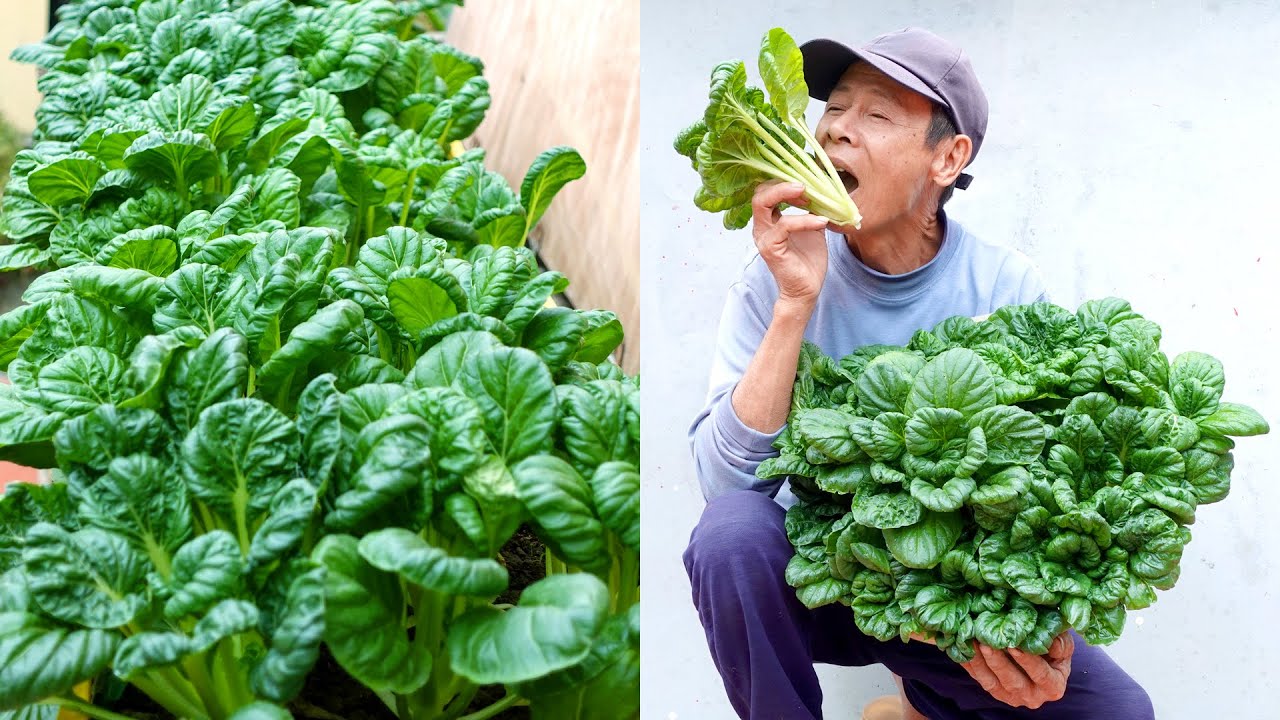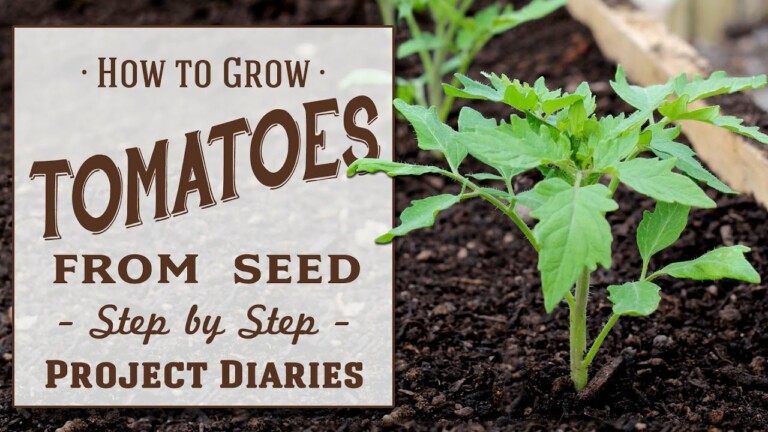★ How to: Collect Tomato Seeds (A Complete Step by Step Guide)
Do you love growing your own tomatoes and want to take it a step further by collecting and saving tomato seeds for future use? Look no further! In this comprehensive guide, we will walk you through the entire process, providing you with all the necessary steps to successfully collect and save tomato seeds. With our easy-to-follow instructions, you will be able to preserve and propagate your favorite tomato varieties, ensuring a bountiful harvest for years to come. So, let’s dive in and discover how you can effortlessly collect tomato seeds and become a master tomato seed saver!
Introduction
Are you an avid gardener looking to save some money on your vegetable seeds? Or perhaps you want to preserve the unique characteristics of your favorite tomato variety for years to come? Either way, learning how to collect tomato seeds is a skill every gardener should have in their repertoire. In this comprehensive guide, we will take you through the step-by-step process of collecting tomato seeds and storing them properly to ensure their viability. So grab your gardening gloves and let’s get started!
Step 1: Choose the Right Tomato
Before you start collecting tomato seeds, it’s important to choose the right tomato variety. Look for healthy, ripe tomatoes that are free from any signs of disease or damage. If you’re unsure which varieties are suitable for saving seeds, do some research and choose heirloom or open-pollinated varieties, as they tend to produce seeds that will grow plants with the same traits.
Step 2: Harvest and Ferment
Start by harvesting your tomatoes when they are fully ripe. Using a sharp knife or scissors, carefully cut the tomato in half horizontally. Hold each half over a container and gently squeeze out the seeds and the surrounding gelatinous substance into it.
Next, to remove any potential pathogens and improve seed germination, you need to ferment the seeds. Transfer the seed and gel mixture into a glass or plastic container and cover it with a piece of plastic wrap. Make some small holes in the plastic wrap to allow for air circulation. Place the container in a warm and dark area, around 70-75°F (21-24°C), for about three to five days. During this fermentation process, beneficial bacteria will break down the gelatinous coating surrounding the seeds.
Step 3: Rinse and Dry
After the fermentation period, remove the plastic wrap and fill the container with water. Stir the mixture gently to separate the seeds from the remaining debris and floating tomato parts. The good seeds will sink to the bottom while the rest will float to the top. Carefully pour out the debris and floating parts, being sure not to pour out any good seeds that might have settled at the bottom.
Repeat this process a few times, adding fresh water each time, until the water runs clear and you are left with clean seeds. Once the seeds are clean, transfer them onto a fine mesh strainer or paper towel to drain excess water. Spread the seeds out in a single layer on a non-stick surface, such as a glass or ceramic plate, and allow them to air dry for about one to two weeks. Ensure that the drying area is well ventilated to prevent molding.
Step 4: Store the Seeds
Once your tomato seeds are thoroughly dry, it’s time to store them for future use. Place the seeds in a small, airtight container, such as a plastic bag or a glass jar with a tight-fitting lid. Be sure to label the container with the tomato variety and the date of collection.
To further protect the seeds from moisture, you can add a moisture-absorbing packet or some rice to the container. Store the seeds in a cool, dark, and dry location like a refrigerator or a freezer. When stored properly, tomato seeds can remain viable for up to six years.
Conclusion
Congratulations! You have successfully learned how to collect tomato seeds and preserve them for future gardening endeavors. Remember to start with healthy, ripe tomatoes, ferment the seeds to remove the gel coating, rinse and dry the seeds, and finally store them in a cool and dry place. By following these simple steps, you can ensure a steady supply of tomato seeds for years to come.
Now that you know how to collect tomato seeds, why not join our Facebook gardening group and share photos of your progress? Don’t forget to subscribe, like, and share our YouTube videos and social media posts to stay updated on future gardening tips and tricks. Also, consider supporting our channel through Patreon or PayPal donations and purchasing Project Diaries merchandise on Zazzle or finding great discounts on our Amazon recommendation page.
FAQs (Frequently Asked Questions)
-
Can I collect tomato seeds from any variety?
- Yes, you can collect tomato seeds from any variety, but it’s recommended to choose heirloom or open-pollinated varieties for preserving specific traits.
-
How long do tomato seeds remain viable?
- When stored properly, tomato seeds can remain viable for up to six years.
-
Can I skip the fermentation step?
- It’s not recommended to skip the fermentation step as it helps remove potential pathogens and improve seed germination.
-
Where should I store my tomato seeds?
- Store your tomato seeds in a cool, dark, and dry location, such as a refrigerator or a freezer.
-
How can I ensure my tomato seeds stay dry during storage?
- You can add a moisture-absorbing packet or some rice to the seed container to help keep the seeds dry.




